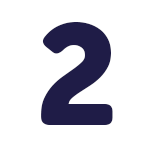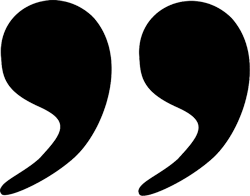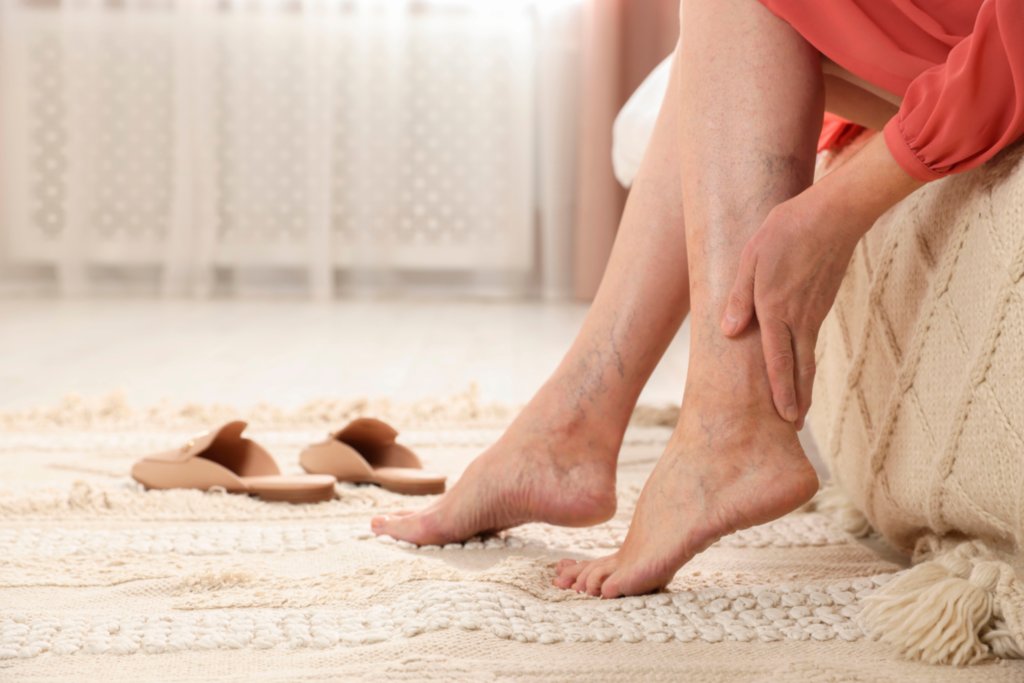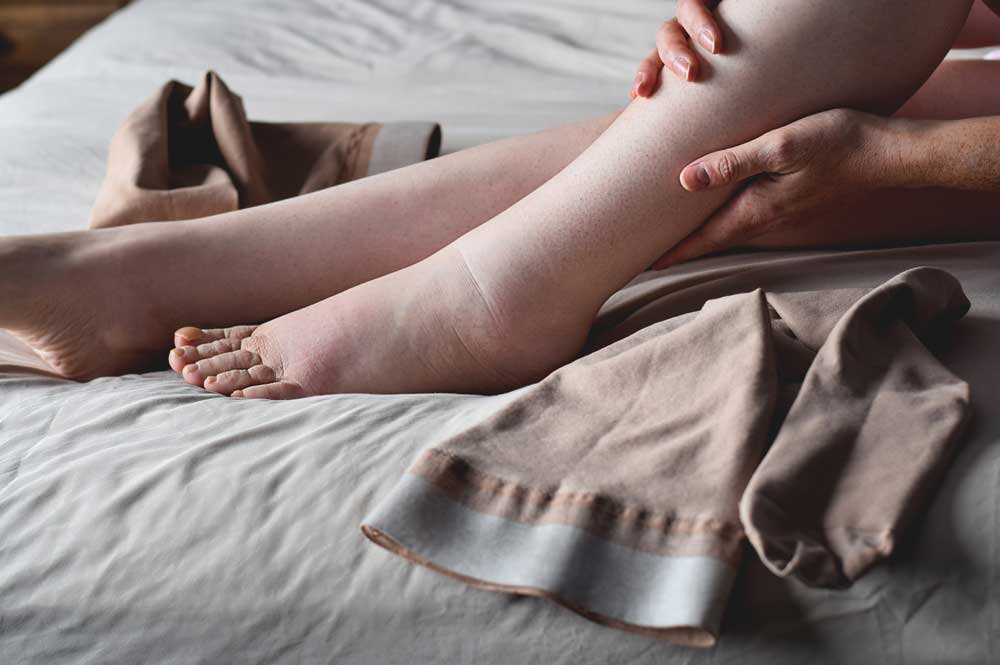Symptoms of Venous Disease and Blood Clots to Watch Out For
Venous diseases are underdiagnosed and undertreated in the United States, so it’s no surprise most people ignore many of the symptoms below. In fact, you may read through this list and realize you’ve been writing off one or more warning signs. If you have these symptoms, seek an evaluation with a vein specialist.
Visible Veins
You see your “veins popping” and assume it’s healthy circulation. It may very well be a normal, natural response to your bodybuilding routine especially as you become leaner with less body fat. As you work your muscles, they require more oxygen than usual; your circulatory system responds by sending more oxygenated blood to your muscles, naturally, your visible veins dilated to accommodate the increased blood return.
So how do you tell the difference between healthy vascular veins and unhealthy varicose veins? If the visible veins are soft, non-tender, painless, and decompress with elevating your arms or legs higher than your heart they should not be an acute concern.
However, if your veins are swollen, painful, tender to touch, feel ‘hard’, and do not decompress when elevated you may have a blood clot and should seek immediate medical care.
If you have spider veins, varicose veins, or leg swelling and notice that your legs are heavy, achy, swollen, or painful at the end of the day you may have varicose veins and should see your vein specialists for a complete evaluation.
Leg Pain, Heaviness, and Swelling
Leg pain, heaviness, and swelling are symptoms that bodybuilders and fitness buffs often write off as part of a hard workout. But if you have spider veins, varicose veins, or leg swelling or just notice that your legs hurt or feel heavy at the end of a long day you may have underlying vein problems and should see your vein specialists for a complete evaluation.
Nighttime Leg Cramps
Leg cramps that wake you from a deep sleep can ruin your night. If you had a hard workout sometimes night cramps happen especially if you missed your fluid and electrolyte replacement needs. However, leg cramps can be a sign of underlying vein disease.
Restless Legs
If you have difficulty falling asleep because of your restless legs, this could be a sign of venous insufficiency. If you’ve changed your workout routine so that you aren’t exercising right before bed and you still have restless legs, it’s a good idea to seek a vein evaluation. It has been reported that 30% of patients that have both restless leg and vein disease noticed an improvement in their restless legs after vein treatments.
Preventing Venous Disease in Bodybuilders
You’ve taken control of your health and wellness by focusing on your fitness; now it’s time to address changes you can make in your daily routine to improve your vein health. We developed our Better Veins for Life® principles to help you. Follow these conservative care lifestyle changes to help prevent and treat venous disease.
- Wear Graduated Compression: When you’re sitting, standing, or immobile for long periods of time, graduated compression stockings, socks, and sleeves maintain healthy leg circulation. This takes the strain off of your vein walls and valves, reducing the likelihood of varicose veins and blood clots. In fact, it is a good idea to wear graduated compression when you are working out, too.
- Elevate Your Legs Daily: This helps reduce swelling and pooling, as gravity gives your veins a much-needed assist. Make sure your feet are above your heart for at least 15 minutes. It’s an easy health habit that almost anyone can do.
- Change Your Shoes: Ladies, we know you want to show off the calves you’ve worked so hard on. However, we recommend you reduce your use of high heels as they put added pressure on your veins. This can lead to visible spider veins and varicose veins. I recommend you ‘save the heels for special occasions.’
- Change Up Your Fitness Routine: If you have to reduce activity due to illness, injury, or surgery, talk to your doctor about safer exercises to make sure you keep moving and reduce the risk of varicose veins and blood clots. We may also recommend modified exercise routines if you have venous disease, as higher impact workouts like bodybuilding can put added strain on your veins. Discuss a higher rep lower weight lifting program with your trainer. If you have vein disease see your vein specialist for treatment recommendations.
- Seek a Vein Health Evaluation: If you fall into one or more risk factors and/or have symptoms of venous disease such as leg heaviness, unexplained leg pain, swelling, bulging veins, restless legs, or visible spider veins, it’s a good idea to see a vein specialist for a comprehensive evaluation. Venous disease can be hidden, and screening can help you catch problems before they become worse, receive treatment, and even remove unhealthy veins using minimally invasive techniques that don’t require general anesthesia or downtime.

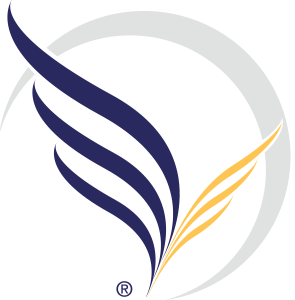
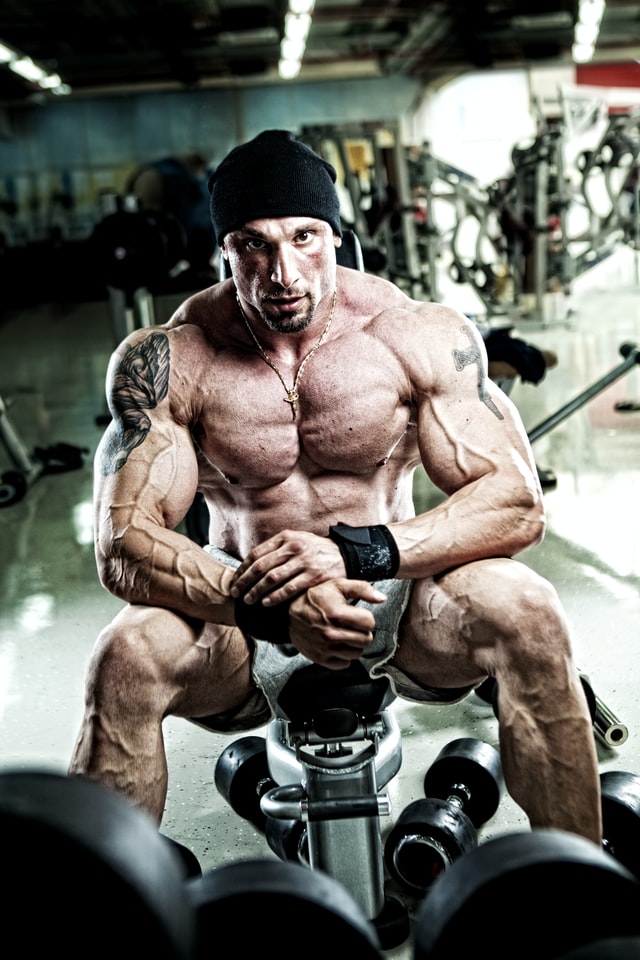 Vein Risk factors in Bodybuilders and Fitness Enthusiasts:
Vein Risk factors in Bodybuilders and Fitness Enthusiasts:
